transformer test
Transformer testing is essential for ensuring the reliability and efficiency of electrical power systems. Various tests are conducted to assess different parameters of transformers, including their capacity, inductance, insulation integrity, and overall performance. These tests can be performed both in the field and in laboratory settings, depending on the specific requirements and the equipment available.
-

Automatic transformer demagnetization tester transformer degaussing device
-
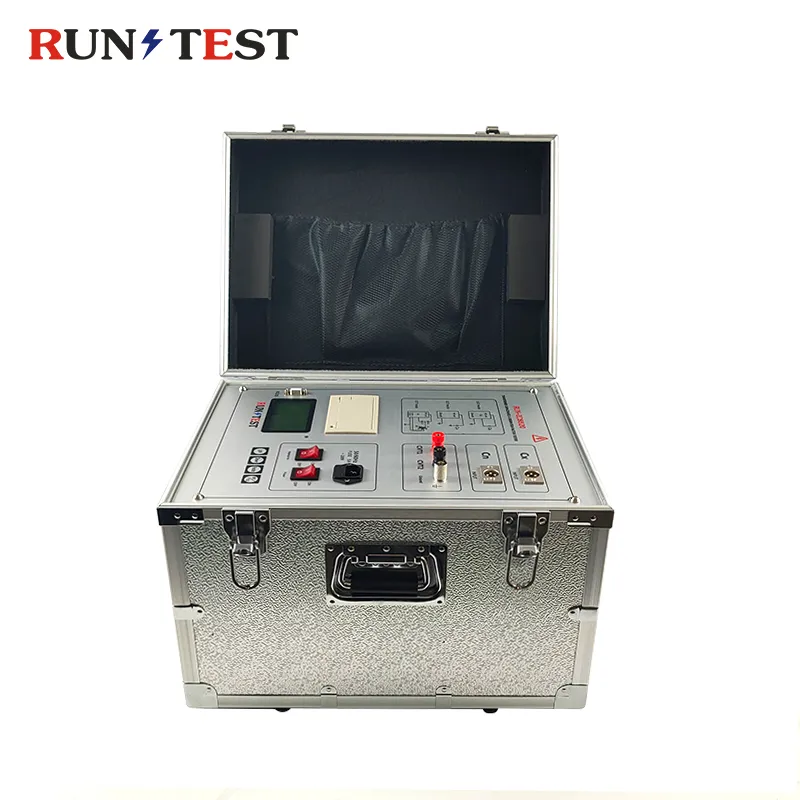
Transformer Tan Delta and Capacitance Measuring & Dissipation Factor Tester
-
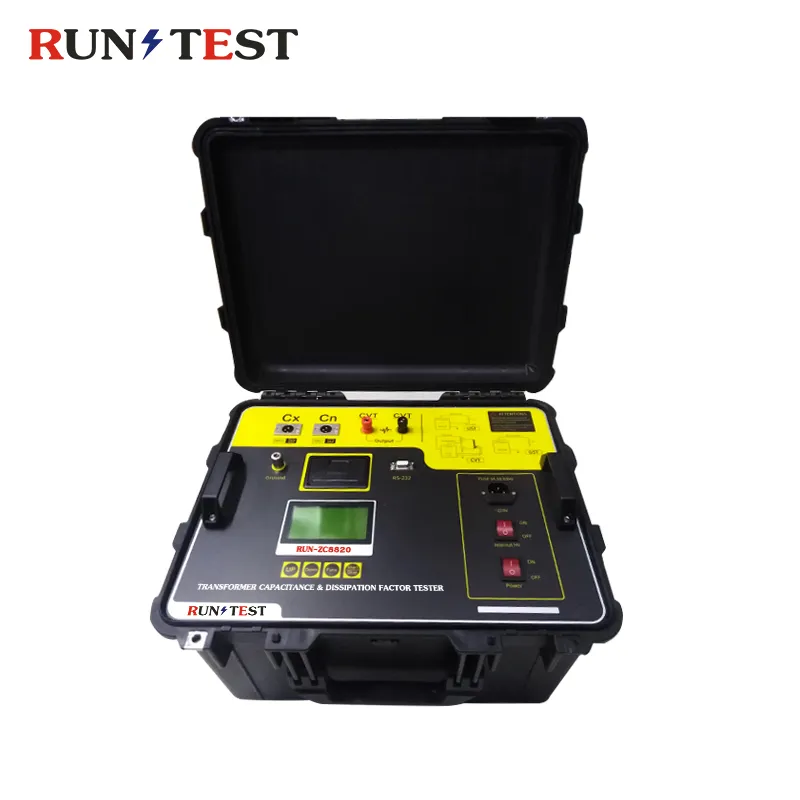
Transformer Tan Delta and Capacitance Dielectric Loss & Dissipation Factor Tester
-
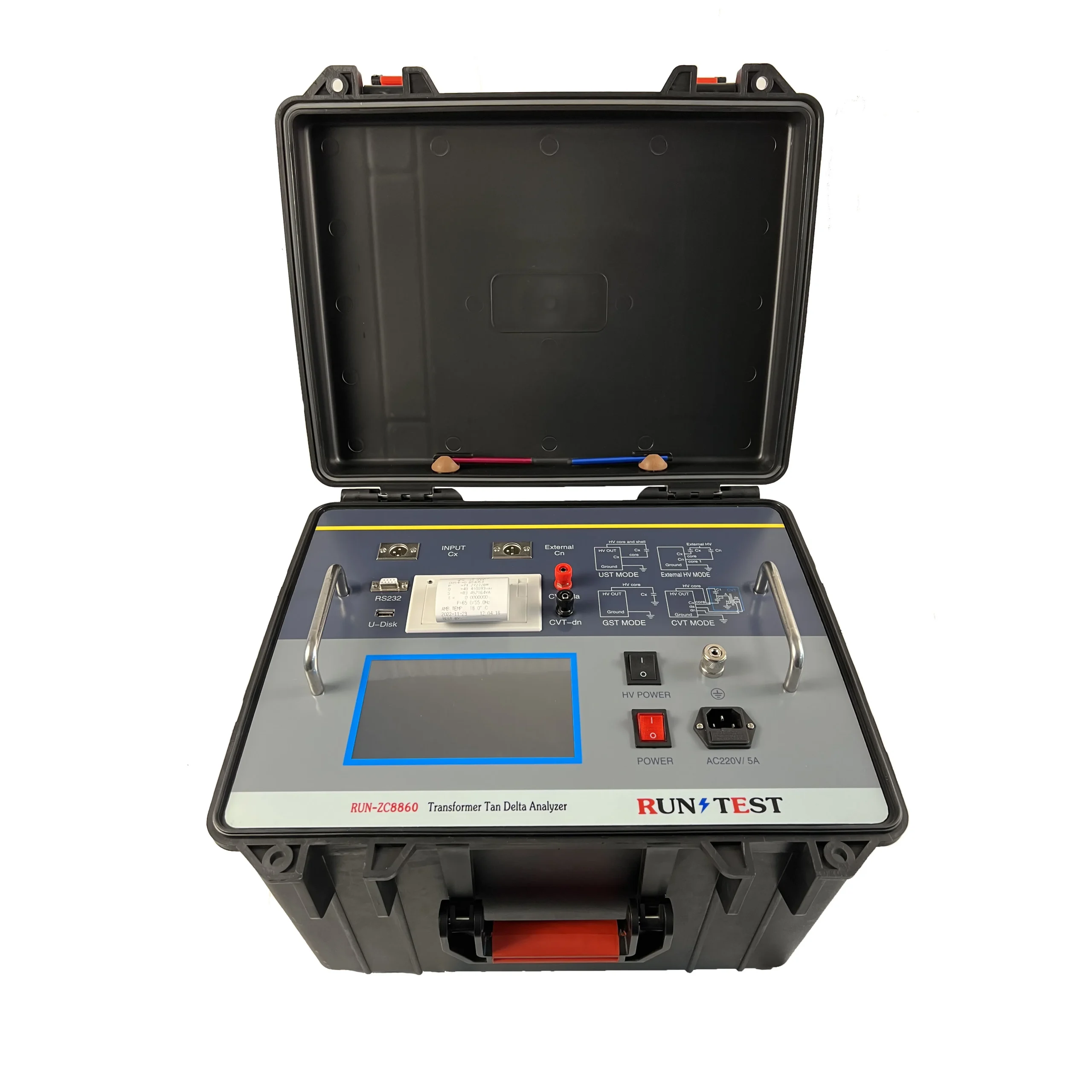
IPF Transformer Dielectric Loss Tester Transformer Tan Delta Tester
-
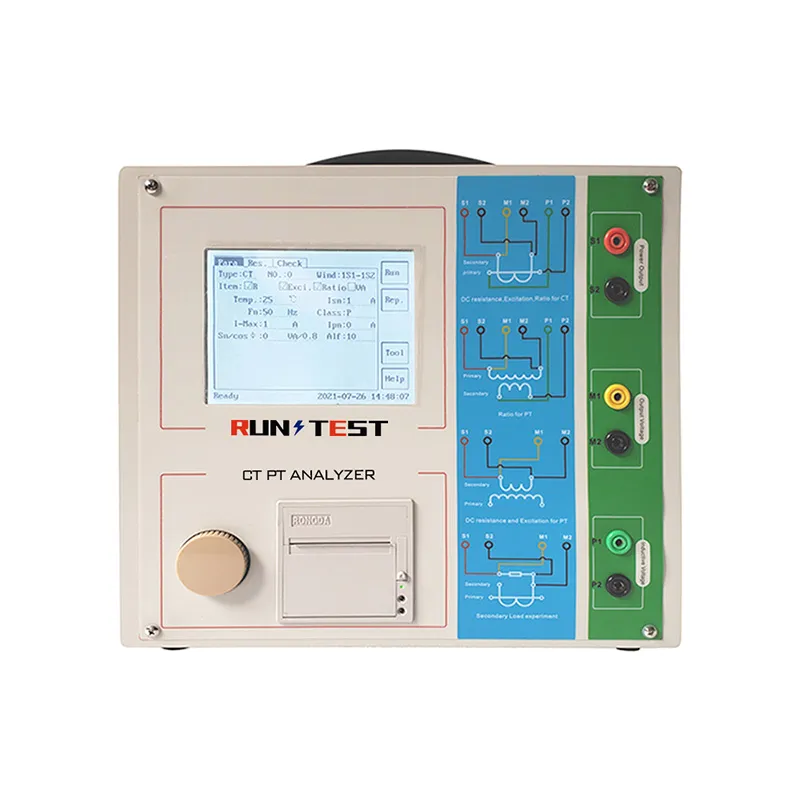
High Quality Automatic Current Transformer Potential Transformer CT PT Characteristics Analyzer
-
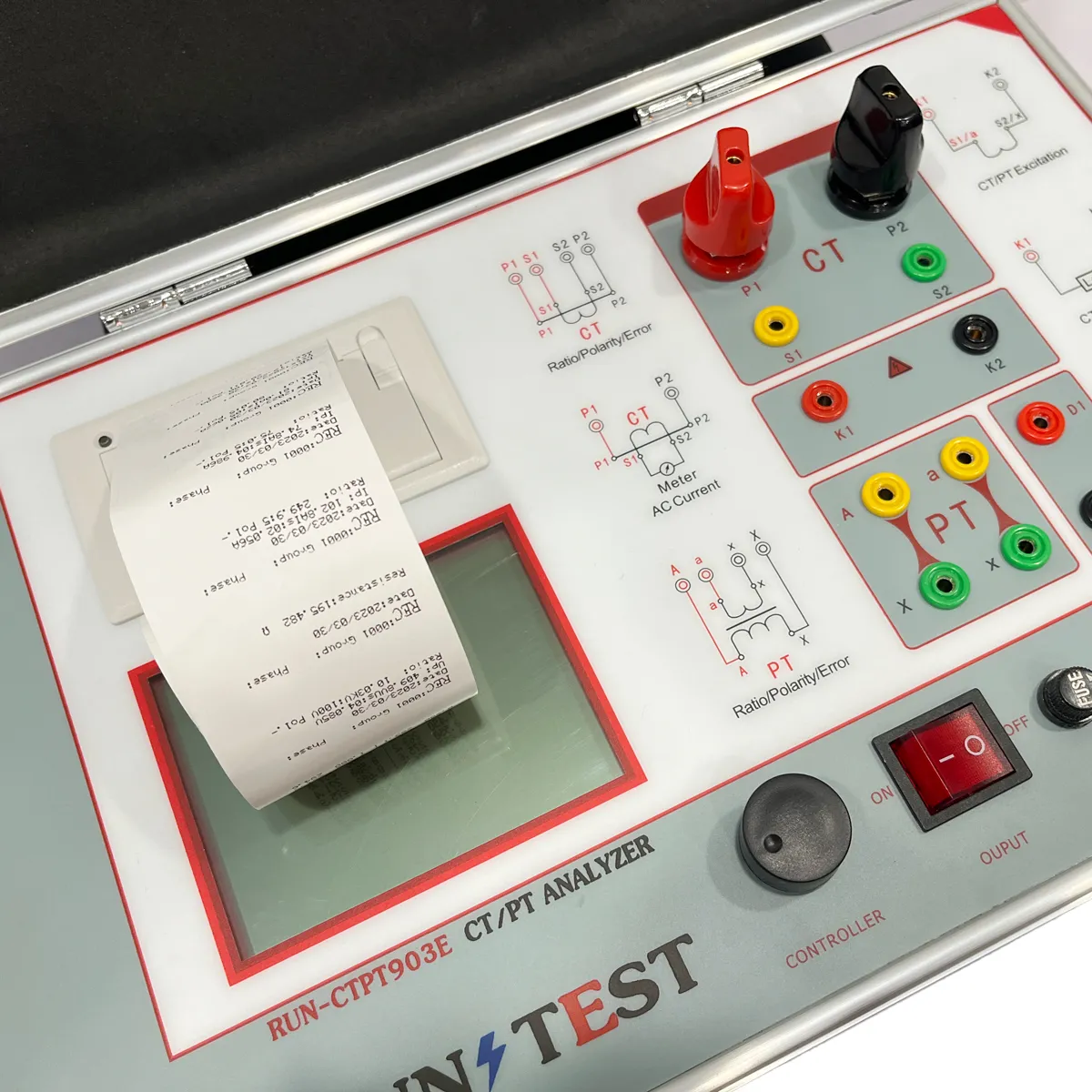
CT PT Analysis CT Ratio Tester PT Polarity Tester
-
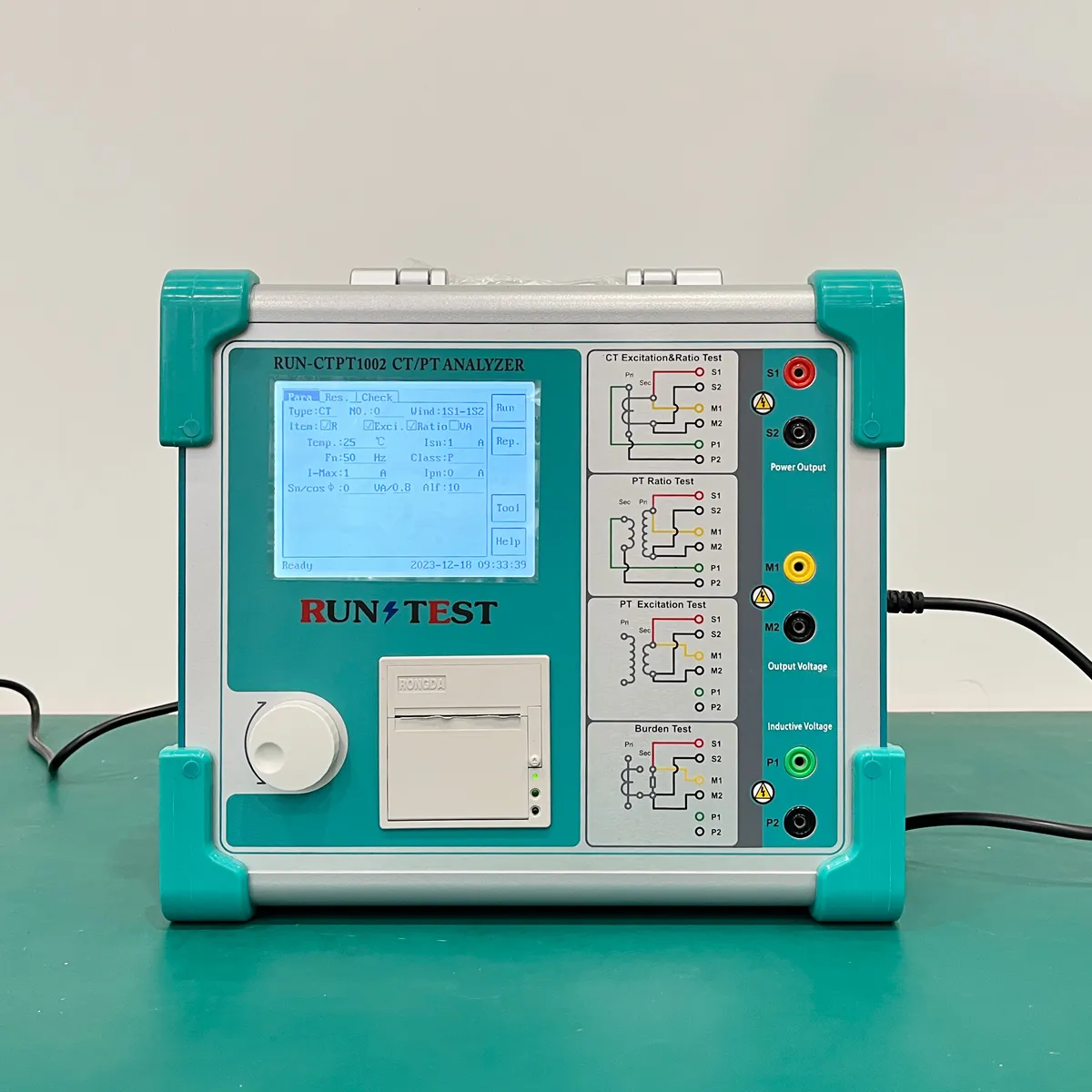
Current Transformer Testing Equipment CT PT Analyzer
-
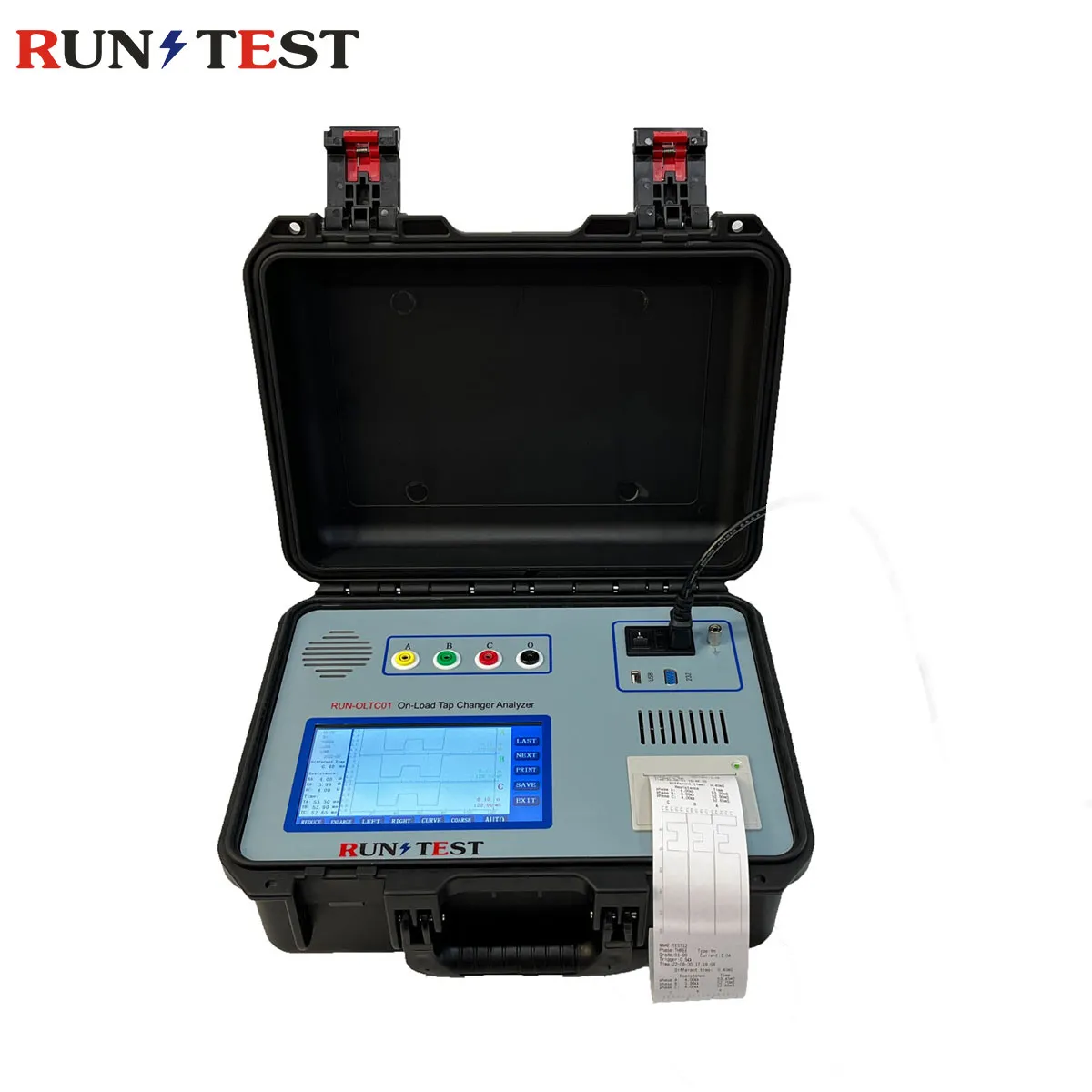
Transformer On-Load Switch Tap-Changer Analyzer
-
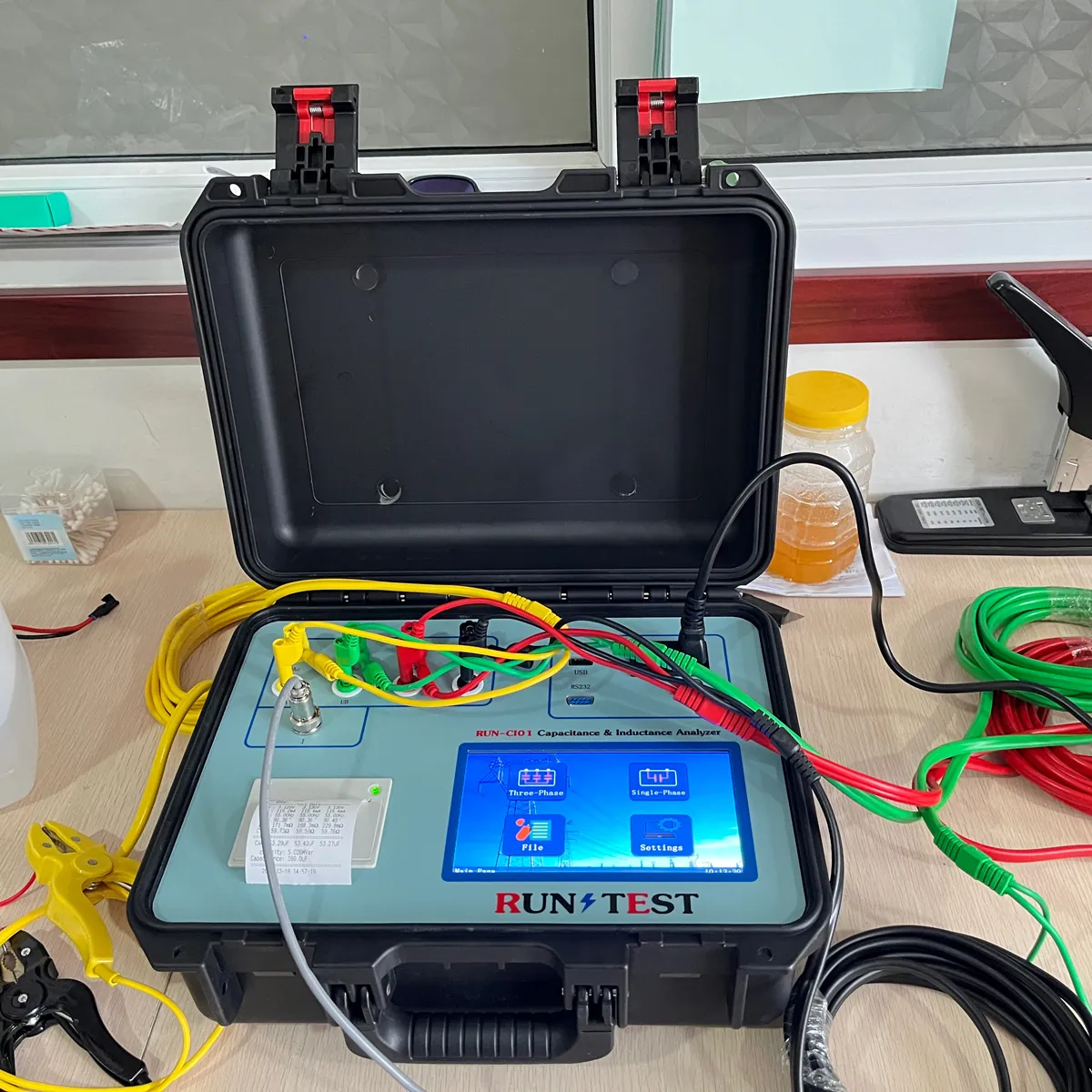
Transformer Capacity and Inductance Tester/Meter
In electrical engineering, transformer testers are essential tools used to evaluate the performance, reliability, and safety of transformers. These devices facilitate various tests that assess different aspects of a transformer's functionality, ensuring they operate efficiently within electrical networks.
Key Transformer Tests:
- Winding Resistance Measurement:
Purpose: To detect issues such as shorted turns, loose connections, or problems in the tap changer.
- Turns Ratio Testing:
Purpose: To verify the correct turns ratio between the primary and secondary windings, ensuring the transformer will provide the correct voltage levels.
- Frequency Response Analysis:
Purpose: To detect winding movements and mechanical integrity issues within the transformer.
Regular testing using transformer testers is crucial in engineering to ensure transformers operate safely and efficiently within electrical networks. By identifying potential issues early, these tests help in maintaining system reliability and preventing costly failures.
